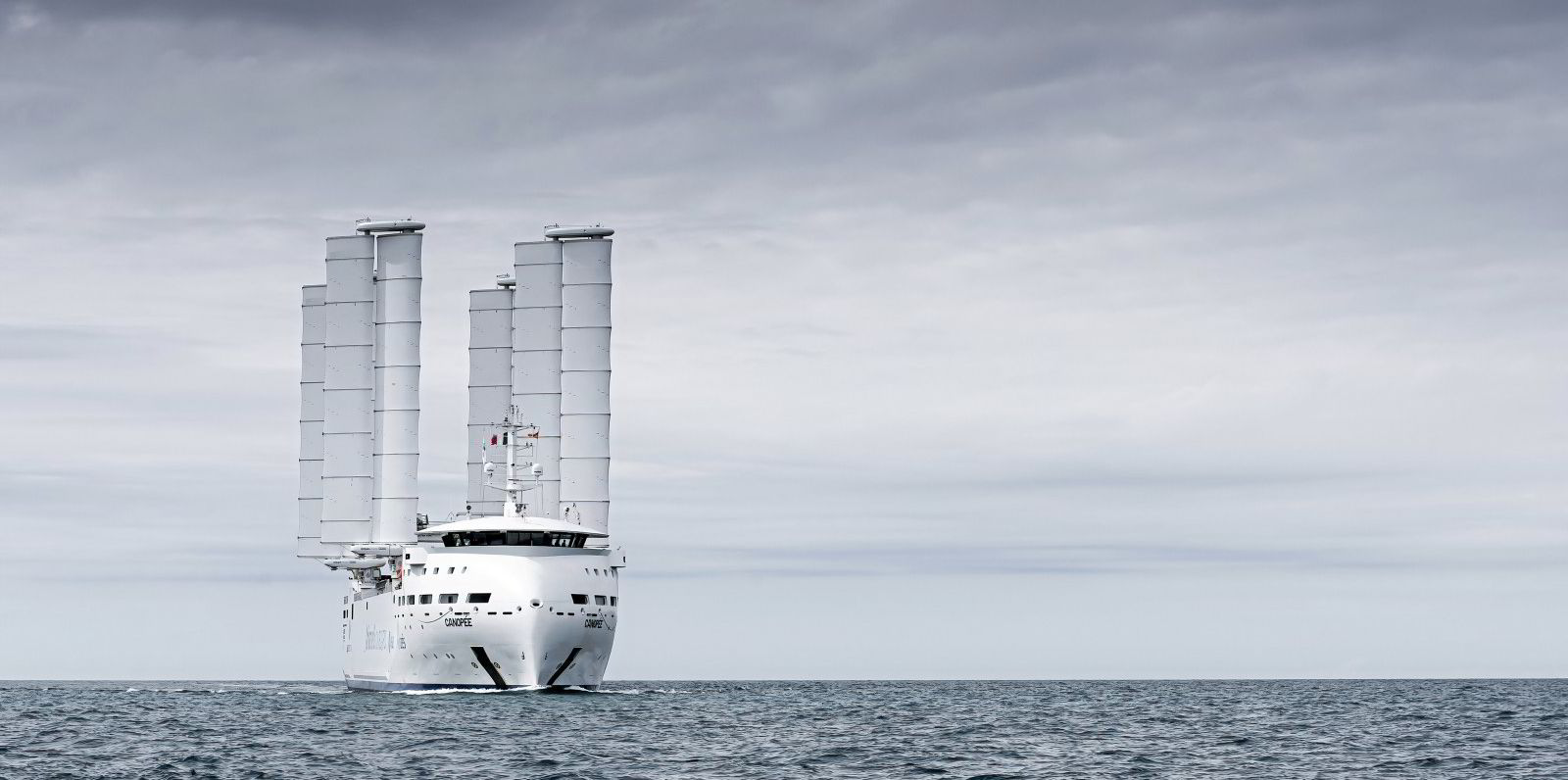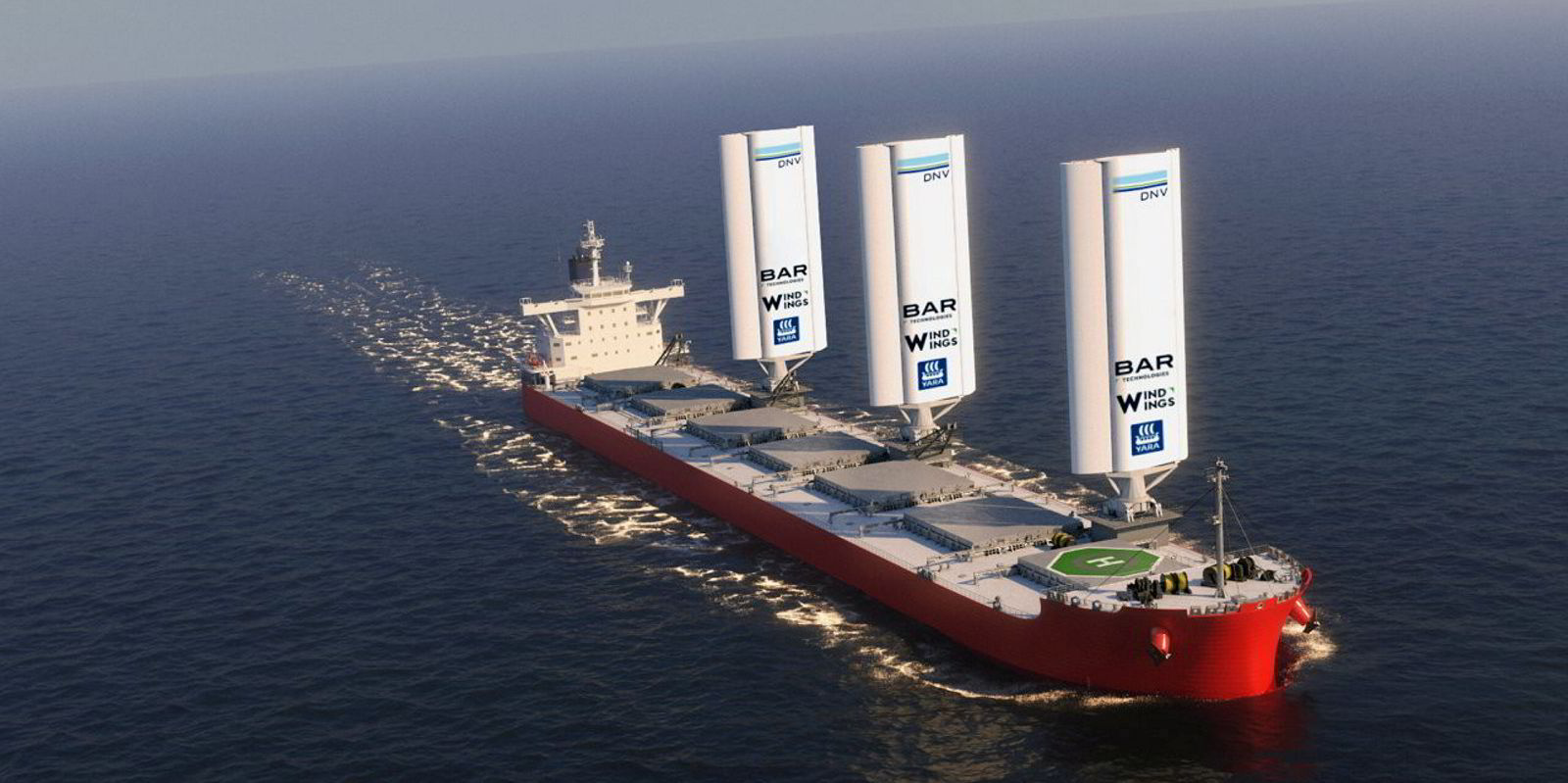There are currently over 50 newbuildings on order with wind assist solutions, set to bring the number of vessels in service that can use wind power to offset fuel use to nearly 100 by the end of next year.
Last week, European shipowners Boomsma Shipping and Leonhardt & Blumberg ordered four shortsea vessels with an option for four more from Indian shipbuilder Chowgule Group.
They are the latest to order vessels knowing that European and international emission and fuel efficiency regulations will force owners to make hard decisions on technology investments, and opting to install one of the wind-assist designs that are now gaining a presence in the market.
Additionally, there are several vessels being built with a wind-assist readiness notation. Six chemical tankers for Capital Ship Management in Greece delivered this year are reported to have such a notation from US classification society American Bureau of Shipping, implying the vessels have been designed and built with the idea that a wind-assist solution can be installed.
This includes noting hull structure strengthening to support a wind assist solution foundation, any anchoring system placements and overall vessel stability, as well as possible impact on bridge visibility when a system is installed and changes are need to rudder size.
Gavin Allwright, secretary general of the International Windship Association (ISWA), believes the increasing number of newbuildings and retrofits being announced are on course to meet projections of over 10,000 wind-assisted vessels by 2030, made in a 2016 European Union-funded report.
He said there will be more than a half dozen examples of the six main wind-assist technologies that are coming into the market by the end of 2024, which will help reduce the perceived perception of technology risk.
Rising interest
Another indication of growing interest, according to Allwright, is the orderbook is no longer for individual vessels but for multiple ship orders.
According to ISWA data, there were 23 vessels in service with a system installed. Most were retrofitted. That number is now 31, representing 1m gt, with possibly another 10 installations before year end.
Anticipated newbuilding orders and completed retrofits over 2024 could add a further 45 vessels to the list, with a similar number anticipated in 2025.





